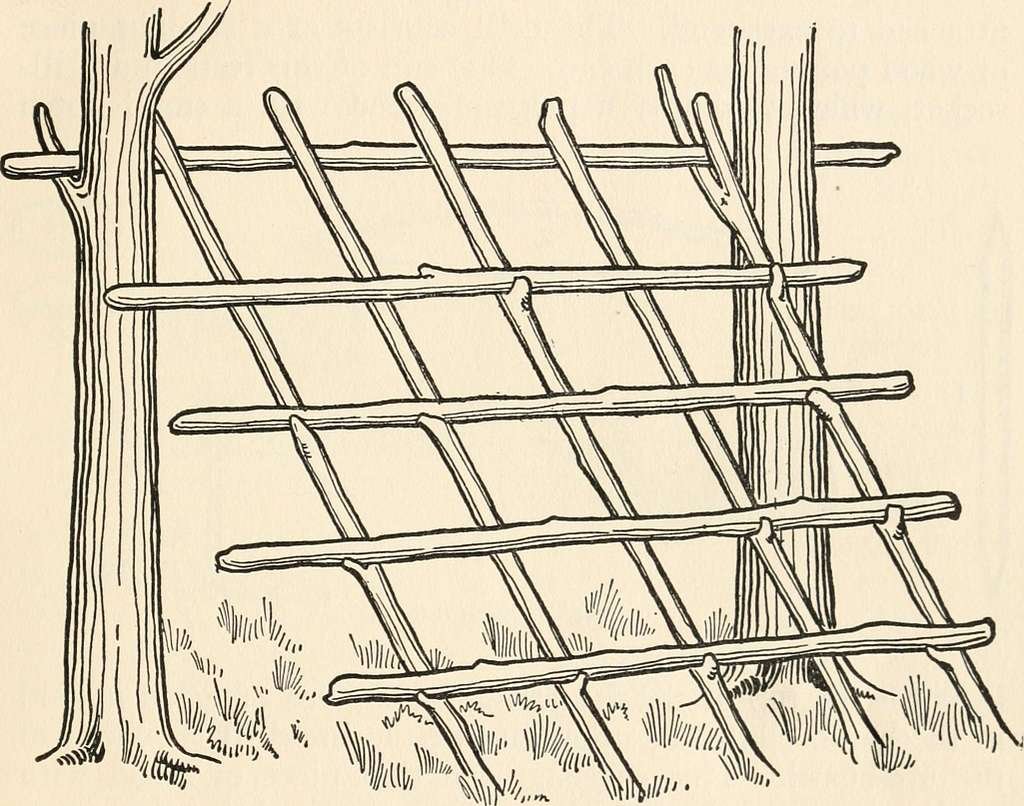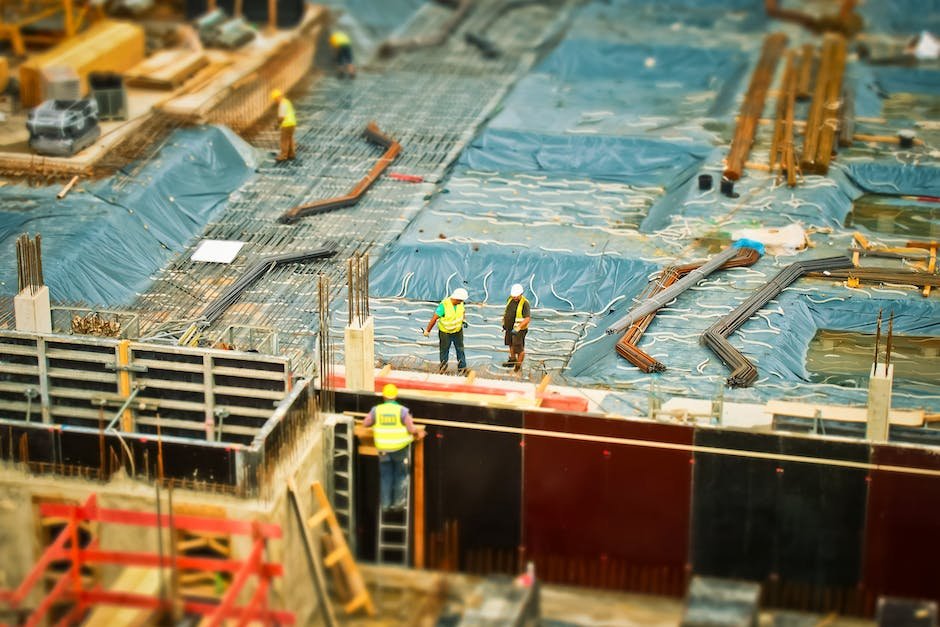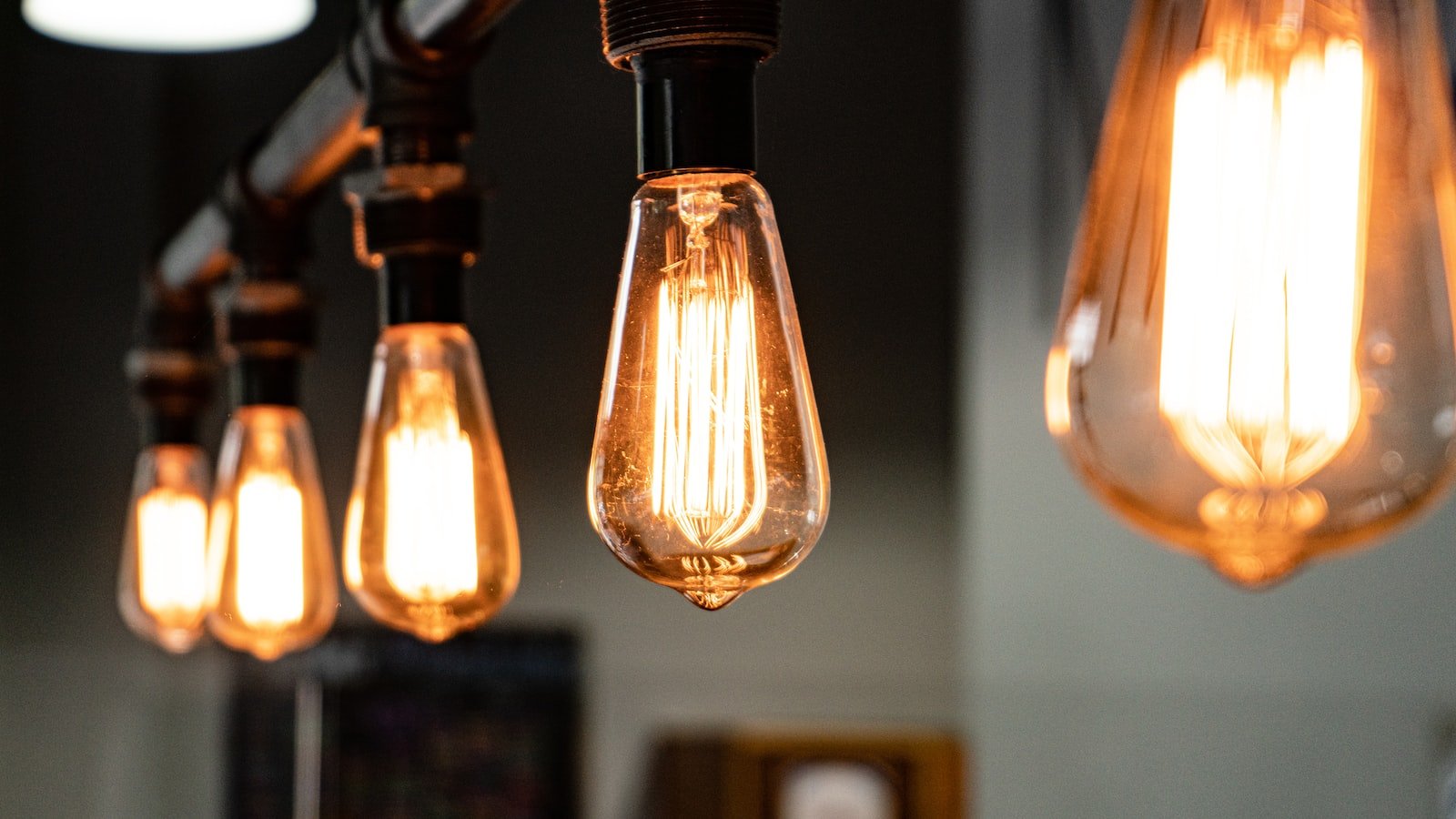Now Reading: How to Make a Wilderness Water Filter
-
01
How to Make a Wilderness Water Filter
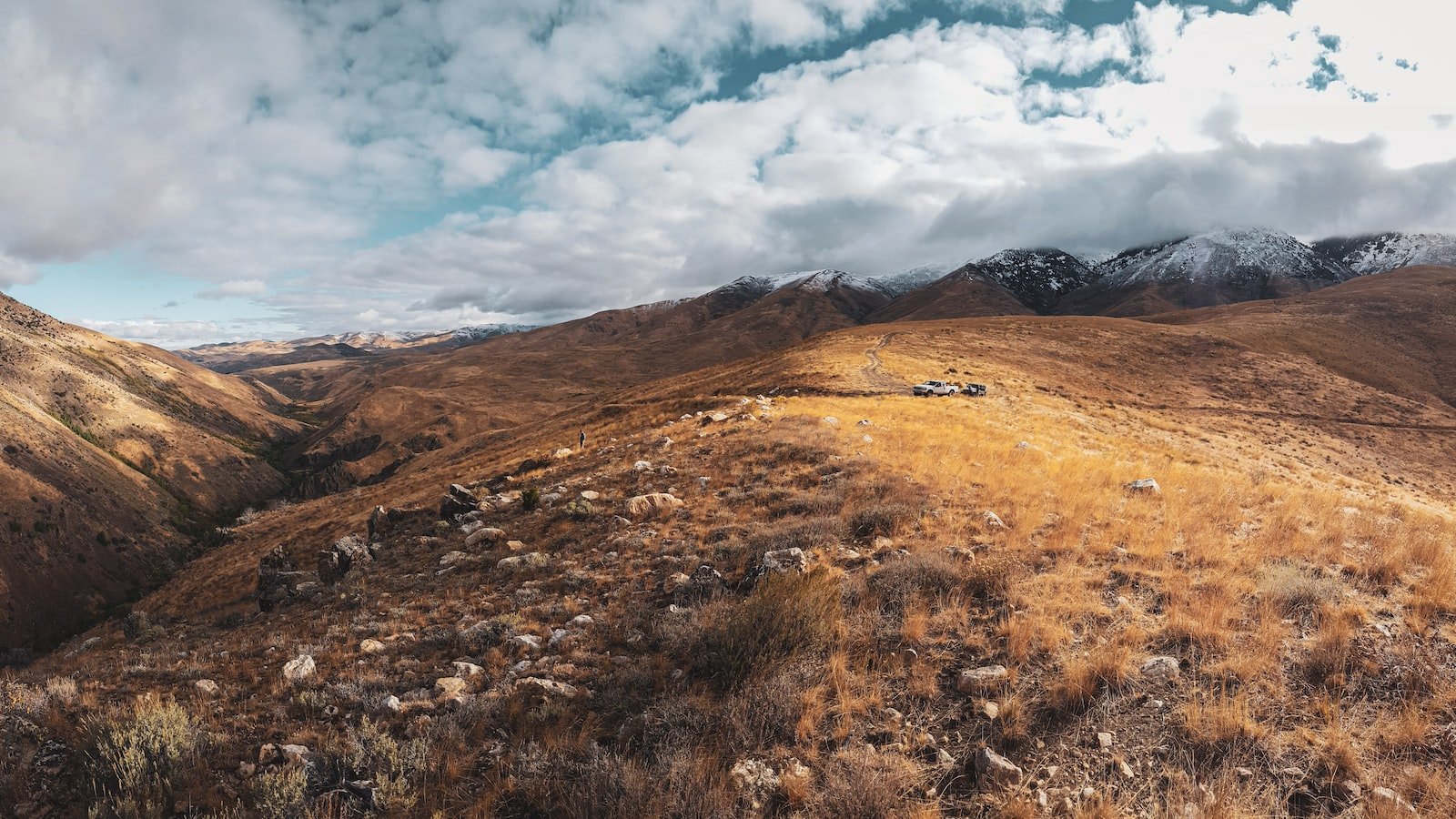
How to Make a Wilderness Water Filter
Majestic landscapes, untamed rivers, and the thrill of exploration: the wonders of the wilderness have always beckoned adventurous souls. Yet, amidst this ethereal beauty lies a formidable challenge — obtaining clean, drinkable water when civilization is far beyond reach. Fear not, intrepid travelers, for we unveil a secret hidden in nature’s toolbox: the art of crafting your very own wilderness water filter. In this enthralling journey, we will delve into the essentials of survivalism, unveiling the astonishing simplicity behind turning murky streams into crystal-clear elixirs. Embark with us now, as we empower you to quench your thirst for adventure, one pure drop at a time.
Table of Contents
- Creating a Wilderness Water Filter: An Essential Skill for Outdoor Enthusiasts
- Understanding the Importance of Clean Water in the Wilderness
- Building a Functional Wilderness Water Filter with Basic Materials
- Harnessing Nature’s Resources: Utilizing Natural Filtration Techniques
- Tips and Precautions for Effectively Using Your Wilderness Water Filter
- Q&A
- To Wrap It Up
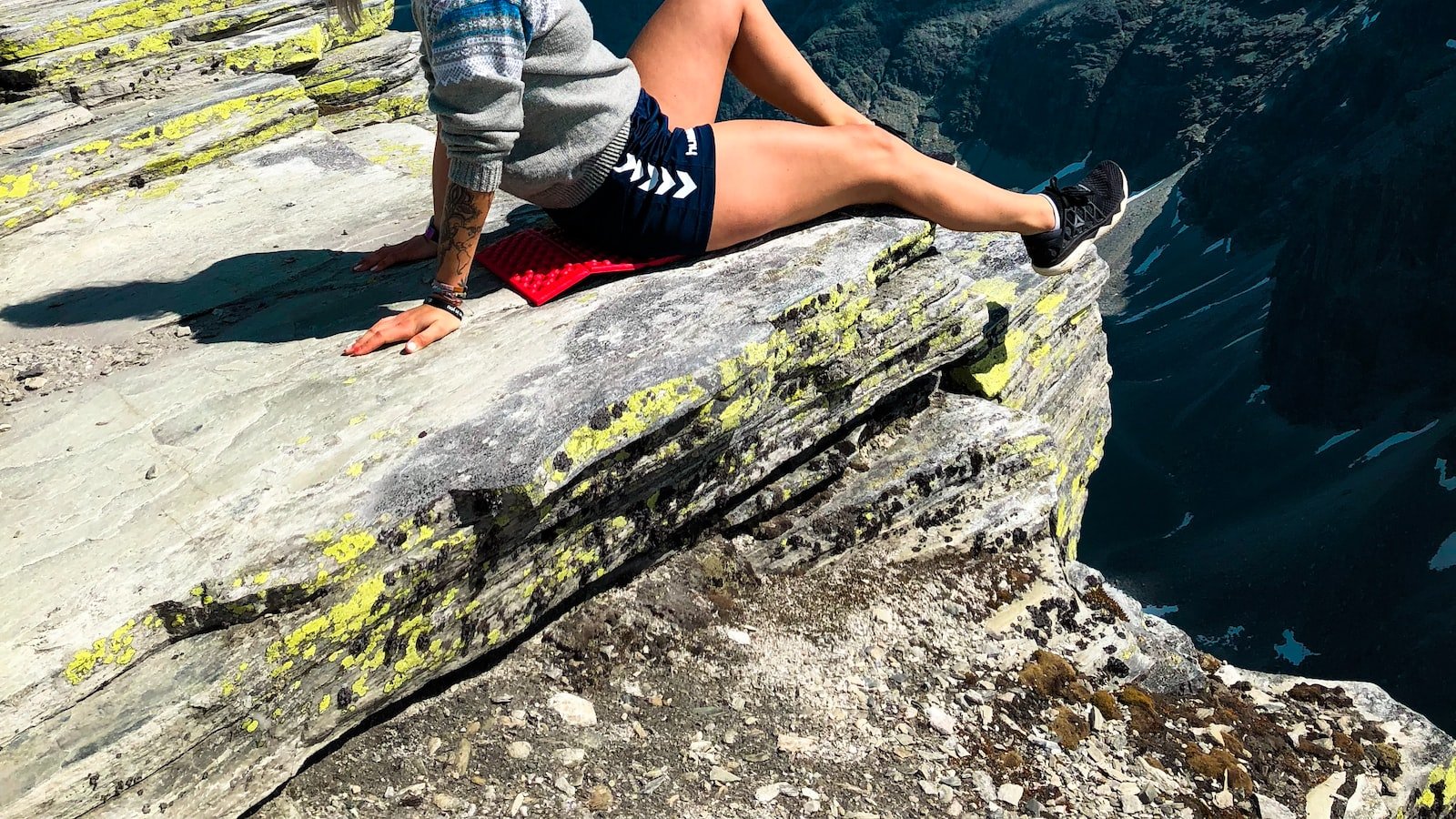
Creating a Wilderness Water Filter: An Essential Skill for Outdoor Enthusiasts
Exploring the great outdoors is a thrilling experience, but it’s essential to stay prepared in case of emergencies. One skill every outdoor enthusiast should have is the ability to create a wilderness water filter. Imagine finding yourself in a situation where you run out of clean drinking water – being able to filter water from natural sources can be a lifesaver.
So, how exactly can you create a wilderness water filter? Here are the steps to master this invaluable skill:
- Gather the necessary materials: Look for a plastic bottle, clean sand, activated charcoal, small pebbles, and a piece of cloth or coffee filter.
- Prepare the bottle: Cut the bottom of the plastic bottle off and make a small hole in the bottle cap for water to flow through.
- Layer the filter materials: Start by placing the cloth or coffee filter at the bottom of the bottle. Layer the pebbles, activated charcoal, and sand on top of the cloth in that order.
- Filter the water: Find a water source such as a stream or river. Simply pour the water into the filter and let it flow through the layers. The filter will remove impurities, leaving you with cleaner drinking water.
- Boil the water: As an extra precaution, it’s always recommended to boil the filtered water before consumption, ensuring any potential harmful bacteria are killed.
Learning to create a wilderness water filter is not only practical but can also enhance your camping or hiking trips. Remember, when in the wilderness, clean water is a precious resource – it’s worth mastering this essential skill to stay safe and hydrated.

Understanding the Importance of Clean Water in the Wilderness
Exploring the vast wilderness can be an exhilarating experience, reconnecting us with nature’s beauty and reminding us of our place in the world. Amidst the breathtaking landscapes and tranquil atmosphere, it is crucial to understand the significance of having access to clean water while venturing into the wild.
Without clean water, our survival becomes uncertain, and our adventures can quickly turn into disasters. It is essential to prioritize the need for clean water in the wilderness, ensuring that we are equipped to meet this fundamental requirement. Here are a few key reasons why clean water is of utmost importance:
- Vital Hydration: Clean water is the cornerstone of human existence, serving as a vital source of hydration. Adequate hydration is essential for maintaining bodily functions, regulating body temperature, and ensuring our overall well-being.
- Preventing Waterborne Illnesses: Access to clean water helps prevent the spread of waterborne diseases. Contaminated water sources in the wild may contain harmful bacteria, parasites, or toxins that can lead to severe illnesses. Prioritizing clean water reduces the risk of falling ill and allows us to fully enjoy our outdoor experiences.
- Environmental Impact: By valuing clean water in the wilderness, we also protect the delicate ecosystems that surround us. Ensuring that we leave no trace and practicing responsible water usage helps preserve the natural habitats and prevents pollution.
It is crucial to plan ahead and take the necessary steps to ensure access to clean water while venturing into the wilderness. Carrying ample water supplies, utilizing water filtration methods, and being mindful of water conservation are key practices to follow. By understanding the importance of clean water, we equip ourselves with the knowledge necessary to stay safe, healthy, and respectful of the wilderness we admire.
Building a Functional Wilderness Water Filter with Basic Materials
When venturing into the wilderness, access to clean drinking water is essential for survival. In the absence of store-bought filters, knowing how to build a functional wilderness water filter using basic materials can be a game-changer. With a little ingenuity, you can create a reliable filtration system from items found in nature and a few basic tools.
Gather your materials
Before you start building, it’s crucial to gather the necessary materials. You’ll need:
- A container: a sturdy plastic bottle or a tin can will do.
- Charcoal: from your campfire or burnt wood, crush it into small pieces.
- Sand and gravel: collect them from a riverbed or a clean water source.
- A cloth or bandana: to act as a pre-filter, removing large debris.
Assemble your water filter
Now that you have your materials, it’s time to assemble your wilderness water filter:
- Remove the cap or lid from your container.
- Place the cloth or bandana over the opening to create your pre-filter layer.
- Add a layer of charcoal on top of the cloth, spreading it evenly.
- Follow the charcoal layer with a layer of sand, making sure to cover the charcoal completely.
- Add a layer of gravel on top of the sand to prevent clogging.
- Repeat steps 3-5 until your container is full, alternating between charcoal, sand, and gravel.
Finally, pour the unfiltered water through the top of your DIY filter system, allowing it to trickle down through the layers. With each layer acting as a further level of filtration, the water that emerges at the bottom should be significantly cleaner and safer to drink!
Harnessing Nature’s Resources: Utilizing Natural Filtration Techniques
Nature has provided us with a wealth of resources that can be harnessed to improve our lives in countless ways. One such resource that often goes unnoticed is natural filtration techniques. By understanding and utilizing these techniques, we can purify water, remove impurities from the air, and create a healthier environment for all.
When it comes to water filtration, nature offers us a variety of options. Aquatic plants such as water lilies and duckweed have the ability to absorb contaminants and excess nutrients from the water, effectively purifying it in the process. Additionally, sand and gravel act as natural filters, effectively trapping sediment and impurities as water percolates through them. Harnessing these natural filtration techniques can result in cleaner, safer water sources for both human consumption and environmental preservation.
In terms of air filtration, the power of nature is equally impressive. Forests act as natural air filters, absorbing pollutants and releasing oxygen. Trees and plants are not only aesthetically pleasing but also help combat air pollution. By planting more trees and preserving existing green spaces, we can improve air quality and create a healthier living environment. Moreover, indoor plants can also play a significant role in filtering out harmful toxins and purifying the air within our homes and workplaces, reducing the risk of respiratory problems and improving overall well-being.
- Utilizing natural filtration techniques not only benefits us but also helps preserve our ecosystems.
- By reducing reliance on synthetic filtration methods, we can minimize energy consumption and promote sustainability.
- Collaborating with scientists and experts can help us better understand how to optimize these techniques for different environments and purposes.
In conclusion, harnessing nature’s resources and utilizing natural filtration techniques offers a sustainable and effective way to improve water and air quality. By appreciating and working with the power of nature, we can create a cleaner and healthier world for generations to come.
Tips and Precautions for Effectively Using Your Wilderness Water Filter
In order to ensure the optimal performance of your wilderness water filter and keep yourself safe in the great outdoors, follow these helpful tips and precautions:
- Choose the right water source: Always select a water source that is free from chemical pollutants, such as rivers, streams, or lakes. Avoid collecting water from stagnant sources, as they may contain harmful bacteria.
- Pre-filter when necessary: If your water source appears cloudy or contains visible particulate matter, use a cloth or pre-filter to remove these impurities before running it through your filter. This will help prevent clogging and prolong the lifespan of your filter cartridge.
- Follow the manufacturer’s instructions: Each water filter may have specific guidelines for usage and maintenance. It’s important to carefully read and follow these instructions to ensure proper operation and longevity of your filter.
- Regularly clean and maintain your filter: After each use, thoroughly rinse your filter with clean water to remove any debris or contaminants. If your filter is equipped with a replaceable cartridge, regularly check and change it according to the manufacturer’s recommendations.
- Carry spare parts: When venturing into the wilderness, it’s always a good idea to carry spare O-rings, gaskets, or other small parts for your water filter. This way, if any parts break or wear out during your trip, you can quickly replace them and keep your filter in working condition.
- Store your filter properly: When not in use, make sure to store your water filter in a clean, dry place to prevent the growth of mold or bacteria. Some filters may come with protective bags or cases – use them to keep your filter safe and ready for your next adventure.
- Stay vigilant of signs of filter failure: While most wilderness water filters are reliable, it’s crucial to stay vigilant. If you notice a significant decrease in water flow, strange tastes or odors, or any signs of damage to the filter, discontinue use and replace the necessary parts.
By following these tips and taking necessary precautions, your wilderness water filter will serve as a reliable companion, providing you with clean and safe drinking water during your outdoor escapades.
Q&A
Q&A: How to Make a Wilderness Water Filter
What materials do I need to make a wilderness water filter?
All you need are a few basic supplies including a water bottle or container, a clean cloth or bandana, an activated charcoal filter, and some sand or gravel.
Why is it important to make a water filter in the wilderness?
Making a water filter in the wilderness is crucial because it helps remove impurities and harmful bacteria from natural water sources, ensuring that the water you drink is safe and free from dangerous contaminants.
How do I construct a wilderness water filter using these materials?
To construct a wilderness water filter, start by cutting the bottom of the water bottle and placing a layer of clean cloth or bandana over the opening. Next, add a layer of activated charcoal, followed by a layer of sand or gravel. Repeat these layers until the bottle is nearly full, then pour water through the top and collect the filtered water at the bottom.
Can I use any type of cloth or bandana?
It’s best to use a clean cloth or bandana that is made of tightly woven fabric to ensure efficient filtration. Avoid materials that could introduce additional impurities into the water.
Where can I find activated charcoal filters?
Activated charcoal filters can be found at most outdoor supply or camping stores. Alternatively, you can also find them online or make your own by heating coconut shells or wood in a controlled environment.
Is it safe to drink the water filtered through this homemade wilderness filter?
While this homemade wilderness water filter is effective at removing many impurities, it’s important to note that it may not eliminate all harmful microorganisms. It’s always recommended to purify water further by boiling or using water purification tablets to ensure utmost safety before consumption.
How often should I replace the activated charcoal filter?
The lifespan of the activated charcoal filter depends on the levels of contaminants in the water. It is recommended to replace the filter after approximately 200 liters or once every few weeks to maintain optimal filtration efficiency.
To Wrap It Up
As we conclude our journey into the depths of nature’s secrets, we hope that this guide has fueled your wilderness wanderlust and inspired your resourcefulness. Crafting your very own wilderness water filter is a testament to human ingenuity, allowing you to quench your thirst with the purest droplets nature has to offer. With just a keen eye and a few simple tools, you can transform the murky abyss into a crystal-clear oasis, ensuring your survival and revitalization amidst the untamed wild. Remember, this water filter is not merely an invention, but a passport to a world where self-sufficiency and adaptability reign supreme. So, as you venture forth into the great unknown, may this knowledge become your loyal companion, helping you navigate treacherous terrains and conquer uncharted waters. Embrace the empowering connection between your hands and the elements, for in the wild, true liberation awaits. Safe travels, intrepid explorers, and may your journeys always be refreshed by the boundless wonders of nature’s own elixir.
As an affiliate, my content may feature links to products I personally use and recommend. By taking action, like subscribing or making a purchase, you’ll be supporting my work and fueling my taco cravings at the same time. Win-win, right?
Want to read more? Check out our Affiliate Disclosure page.

